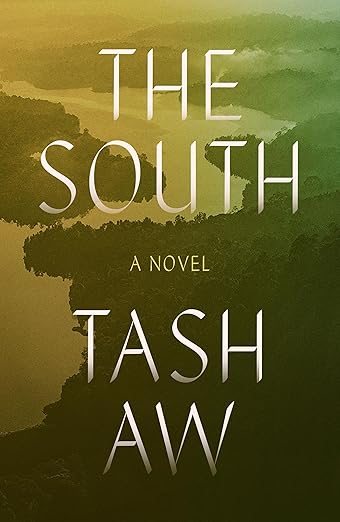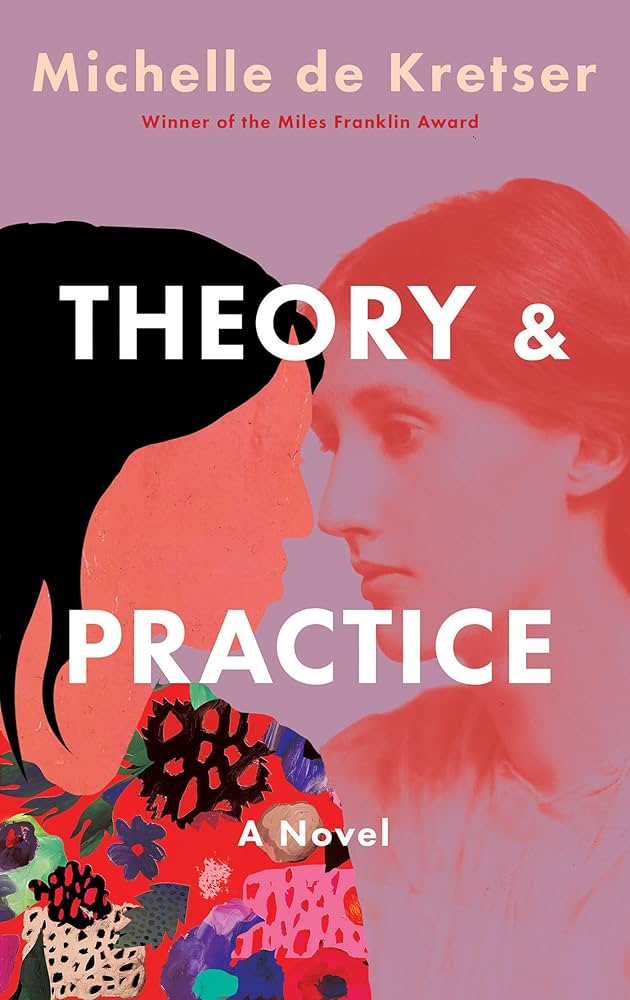Book by MARIO ALBERTO ZAMBRANO
Reviewed by
Lotería is a Mexican card game that is played like bingo but with images instead of numbers. It is also the title of Mario Alberto Zambrano’s first novel about a traumatized child and her family, whose lives on this side of the border go disastrously wrong.
Zambrano uses lotería cards as a device to tell his story. Narrated by 11-year-old Luz Maria Castillo, the story is divided into 54 short vignettes, each beginning with a full-color picture of a lotería card. It is a gorgeous and expensive-looking book. (Applause for artist Jarrod Taylor here.)
A brief primer: The cards are printed with simple images: The Rose, The Drunk, The Mermaid, The Sun, etc. Each image has a corresponding dicho, or saying, but the dealer often improvises these sayings with inside jokes. Once the dealer calls out the saying or joke associated with the card, the players look for the image on their own tabla, or board. The first player to mark off a line of images wins. Lotería is good family fun. But in Zambrano’s Lotería, the Castillo family holds the worst hand ever. Poverty, border economics, and dysfunction tear them apart and rob them of hope.
Loteria owes a lot to Sandra Cisneros’s slender 1984 classic, The House on Mango Street, which also featured a young girl who narrated her story in random vignettes. Cisneros took grief from Latino readers for portraying Latino culture in a negative light—her characters were wife beaters, negligent parents, truants, and crazies. The book was important because it paved the way for other Latino writers to explore the dark side of the American Dream in their fiction. Lotería is in this vein: no tortillas on the stove, no grandmother’s hugs, no happy, barefoot children hitting a piñata. Loteria is The House on Mango Street on downers.
When we meet Luz, she is writing in her journal at her desk in a juvenile facility. She has done something to get there but we don’t find out what until the end of the story. This we know: her father is in jail but Luz won’t tell us why; her 13-year-old sister, Estrella, is in grave condition in the ICU, and her mother has walked out on them. Luz is mute when she arrives at the facility, so a social worker asks her to keep a journal to help her work through her emotions.
Luz’s journal entries lack a clear chronology, which makes the story somewhat hard to follow, but at the same time, gives the book an impressionistic feel that matches Luz’s jumble of emotions and memories. Many of these vignettes read like real life. Zambrano, a former ballet dancer who toured the world for many years before turning to writing, has said in interviews that he began Lotería as memoir but changed his mind because he felt like he was invading his family’s privacy.
Luz uses her lotería cards as writing prompts. As she flips the deck, the images remind her of moments from her childhood. Readers quickly learn that happiness in Luz’s life is fleeting, at best. When she comes to El Catrín—a card depicting a well-dressed rich man—she remembers the excitement around her father’s impending promotion at the steel plant. The whole family goes to Mervyn’s to watch their dad buy a suit and a briefcase. It is a sweet and humble scene of a family taking that first step toward the American Dream. Alas, her father didn’t get the promotion. “Maybe it was his English,” Luz remembers her mother saying. “She didn’t know. ‘Just be nice. Don’t say anything. Act normal.’ ” This episode helps triggers the father’s downward slide into alcoholism and domestic abuse. Compounding their troubles, as first-generation immigrants, the Castillos have come to the U.S. alone from the border city of Reynosa, Mexico, and lack a big extended family to help them through hard times, emotionally or financially. Zambrano’s liberal use of Spanglish underscores the family’s insularity and otherness.
Lotería is studded with shocking passages and examples of horrible parenting. Yet Luz remains attached to her father and forgives him his many transgressions. He loves her in his pinched, twisted way. In the scene inspired by the El Borracho or Drunk card, they have a grand time singing and getting drunk in the backyard. Luz writes: “For every four sips he took, I took one.” Luz was eight or nine at the time. This is father-daughter bonding, as Zambrano depicts it.
Zambrano deftly captures the family dynamics. Luz and Estrella, who are two years apart, fight for their father’s affection—so typical in a family without enough love to go around. When one is punished, the other sides with the parent. When their parents fight, the sisters stay in their room and listen together. Luz writes of her jealousy toward her sister, who is prettier by Latino standards i.e. fairer. The sisters love each other but rarely show it. So when those moments come, Luz doesn’t know how to act. In one poignant scene, Estrella comes home from school after a hard day. She sees Luz on the couch. Luz writes:
I expected her to walk to our room and shut herself in. But she put her backpack down and walked around the couch and sat down next to me. I wasn’t sure what she wanted, but she put her arms around me and hugged me for a long time. And we just sat there like a statue of two girls trying to do the right thing.
Luz has no idea why or where her mother has gone, but readers will surmise she has run off with the family doctor, who treated Luz for the injuries her father inflicted after discovering she had jerked off her cousin. (Dad isn’t the only one mistreating Luz.) Single, the father sinks into depravity. He comes home after a day of drinking to find his daughters sunbathing in the backyard. Seeing his pre-teen daughter check the tan lines of her bikini top, he tells her: “Take it off… Nobody’s going to look at you.” Then he strips and joins them on the grass. Estrella runs inside but Luz stays, seemingly happy to have her dad to herself, and soon she is dozing innocently in the sun. This short, icky scene illustrates Luz’s warped notion of normal, and how inappropriately the father relates to Estrella.
Estrella’s funeral comes in the middle of the book. Luz’s great-aunt Tencha picks her up from the juvenile facility and takes her to the service. Here, as elsewhere, Zambrano’s dialogue is spot-on, as is his insight into Luz’s emotions. Then, just when I was getting ready to grab a hanky, factual errors jarred me from the fictive dream. Luz and Tencha arrive at the mass, and Zambrano writes:“As soon as we sat down in the first row I heard the words ‘En el nombre del Padre, del Hijo, del Espiritu Santo, Amen.’ Then everybody stood up.”
In other words, they arrived late? Catholic masses all over the world, including funeral masses, begin with a song and a procession, and everybody’s already standing when the priest takes his place at the altar and intones: “In the name of the Father, and of the Son, and of the Holy Spirit, Amen.” In the same scene, Luz tells us that she and Tencha are the only family members at the funeral. Maybe the rules are different in Magnolia Park, but in the big California city where I spent some years covering crime and courts as a journalist, a jailed father in his circumstances would be granted furlough to attend his child’s funeral. If judged a flight risk, he’d be escorted. It’s possible that Zambrano means for Luz to be an unreliable narrator, but the legal and cultural details are important to Luz’s story.
Maybe these slips wouldn’t have bothered me so much, if Zambrano had anchored his story on earth. I was never sure where the story was set. Writers can make up any town they want (Yoknapatawpha County, Macondo) as long as they give us the smells, sounds, sights, and tastes so we’d recognize it if we drove through. Zambrano never describes or locates the town he calls Magnolia Park. I wanted to know where I was, not just as a reader, but also as a Mexican-American with roots in California and Sonora State. When Latinos meet, each wants to know where the other is from. The question hangs in the air until they exchange this information. Was the book set in California, Arizona, New Mexico, or Texas? Did the Castillos see mountains out of their window, fields, or palm trees? Not knowing where the Castillos lived was a distraction. The press release calls the book “atmospheric,” which in retrospect sounds pre-emptive. The Mexican-American saga is rooted in geography, and no amount of marketing can substitute for a convincing location.
To Zambrano’s his credit, he pays close attention to characterization. While we don’t get much physical description of Luz, we know she’s a tomboy and a Daddy’s girl, that she’s been used but not discarded, that she likes to read and write, that she’s got an obnoxious streak, that she clings to adults who give her affection, like Tencha, the grandmother figure of the story, and her terribly flawed father. Luz is textured, unique, real. She’s no Disney character.
Given Zambrano’s skill at characterization, the story’s shocking climax literally comes out of the blue. If the author’s intention was to portray Luz as a wild card, he succeeds. But her behavior is so inconsistent with the character he created that some readers might scratch their heads. In real life, accidents can change everything, but in fiction, a bolt out of the blue rarely makes a satisfying resolution to a complex story.
Despite these imperfections, Zambrano has given us a sobering view into one version of the immigrant story. To families like the Castillos, the American dream is a cruel bait and switch. Luz doesn’t see the big socio-economic forces that keep her family down because she’s just a kid. All she knows is how she feels.
At her sister’s funeral, Luz turns to Tencha and says, “Why don’t go we back to Mexico?” It is a question that the Castillos must have asked themselves many times. For what had they gained by coming to the U.S.? Not nearly as much as they lost.
Gina Lujan Boubion’s short stories have appeared in The Antioch Review, Reed Magazine, and other publications.



